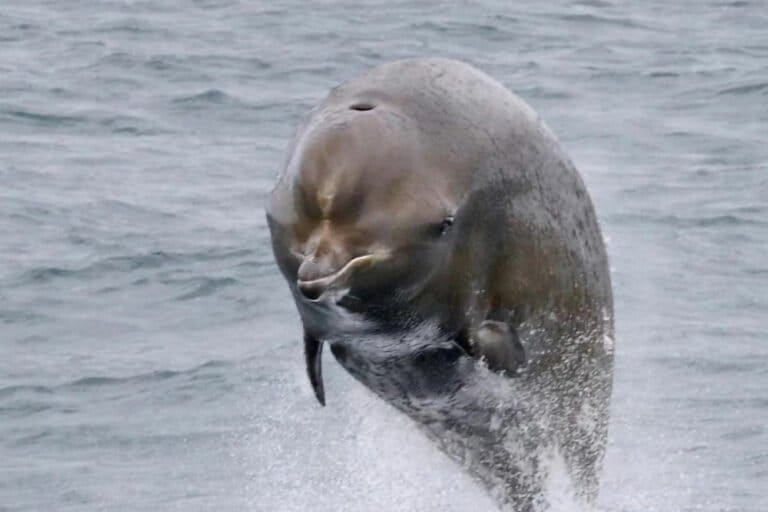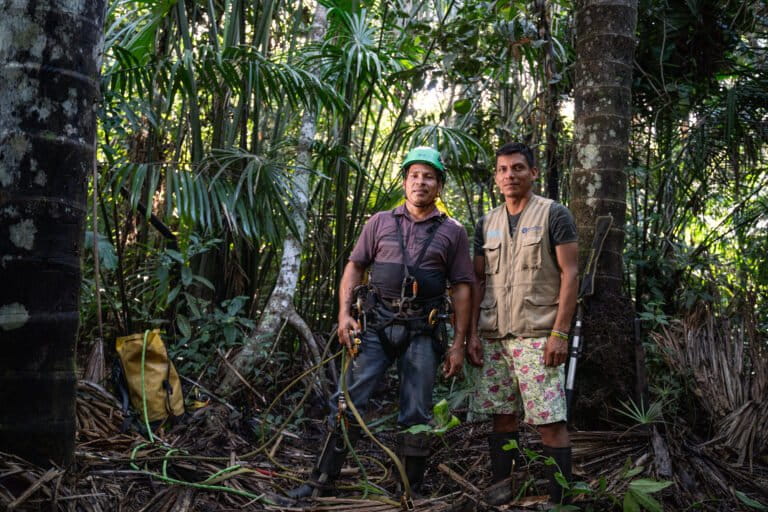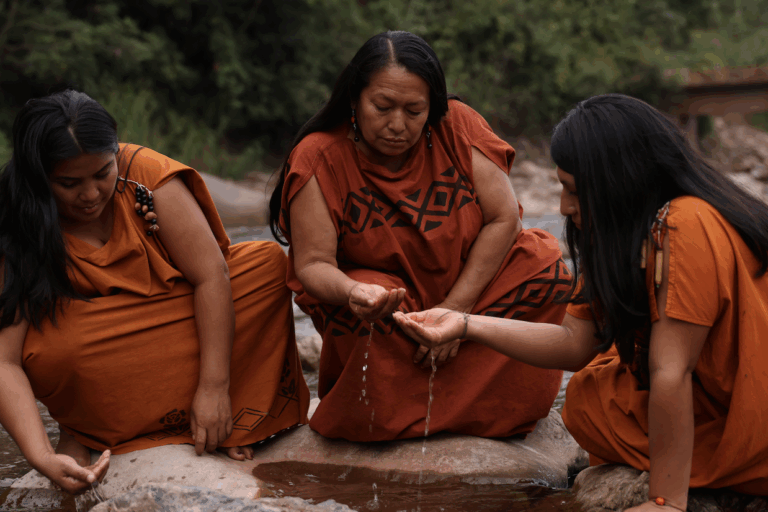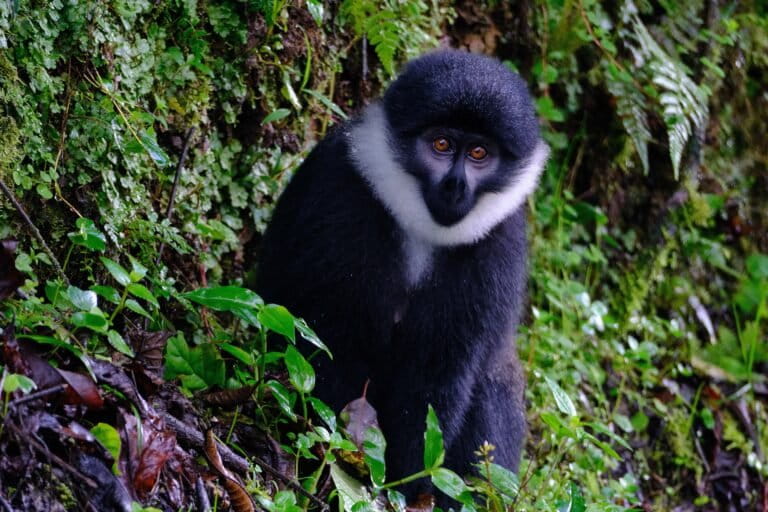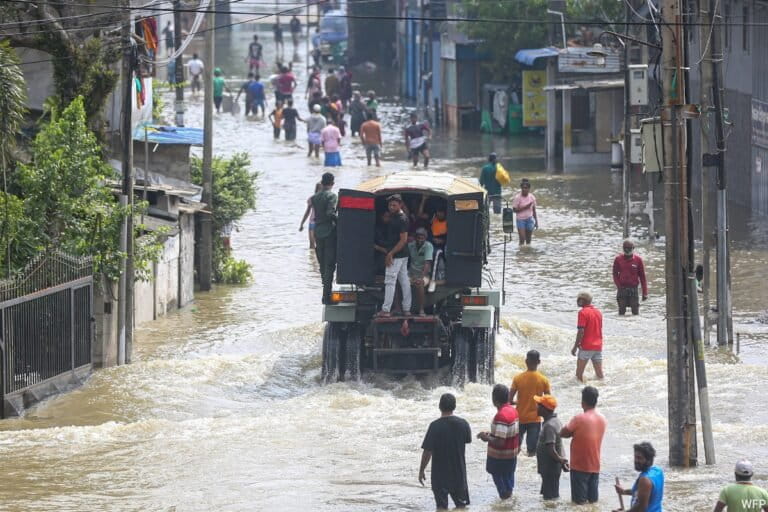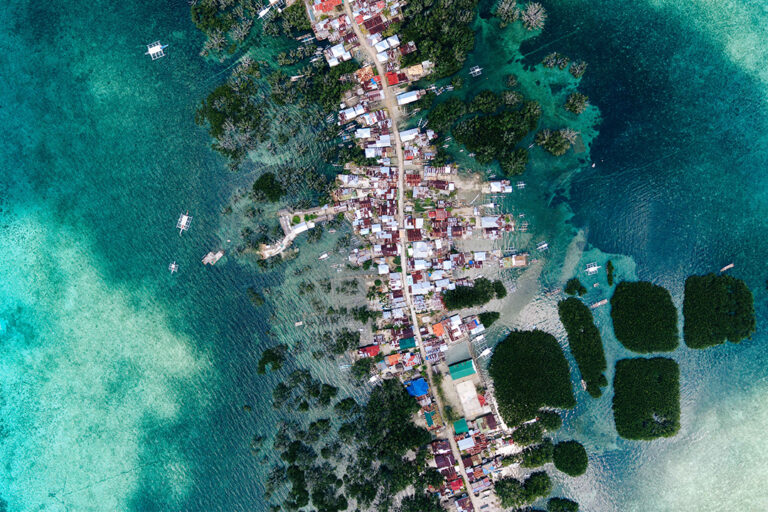- Snow leopards face a severe prospect of both a shrinking range and fragmented populations as climate change makes their Himalayan homeland less hospitable.
- Bikram Shrestha is a leading snow leopard researcher in Nepal, where he says it’s possible there may not be habitable space for the big cat as temperatures rise.
- He says a key action to conserving snow leopards is to ensure a plentiful supply of prey species, which means ensuring there’s enough suitable habitat for species like Himalayan tahrs and martens.
- Shrestha spoke with Mongabay’s Abhaya Raj Joshi about the need for more research into the world’s most elusive big cat, the prospect of conflict with humans, and why some locals want snow leopards killed.
KATHMANDU — When researchers last year confirmed the presence of the manul, the “world’s grumpiest cat,” on the world’s highest mountain, they immediately looked at past records of the elusive feline in Nepal. And they found that the first person to confirm the cat’s presence in the country was one Bikram Shrestha.
It seemed fitting, given that Shrestha — who recently completed his Ph.D. at the Global Change Research Institute of the Czech Academy of Sciences, Charles University — has extensive research experience in the Himalayas. But his cat of concern is of a heftier pedigree than the manul (Otocolobus manul): it’s the king of the mountains itself, the snow leopard (Panthera uncia). Shrestha studied zoology at Tribhuvan University in Kathmandu and began his research career in 2004 by studying the Himalayan tahr (Hemitragus jemlahicus) on Sagarmatha (also known as Mount Everest), a wild goat considered a key prey species for snow leopards.
He went on to work for various organizations such as the U.S.-based Snow Leopard Conservancy and WWF before pursuing his doctorate in 2014. His team was also the first to confirm the presence of three snow leopards in lower-elevation areas in western Nepal’s Mustang district.
During his doctorate studies, Shrestha carried out extensive fieldwork using scat analysis and camera traps in the Annapurna and Sagarmatha regions of Nepal. It was his team that found, nearly 17 years after the confirmation of the big cat in the Sagarmatha region, that the population of snow leopards there has been fragmented into two, with limited communication and breeding between members of the two groups.
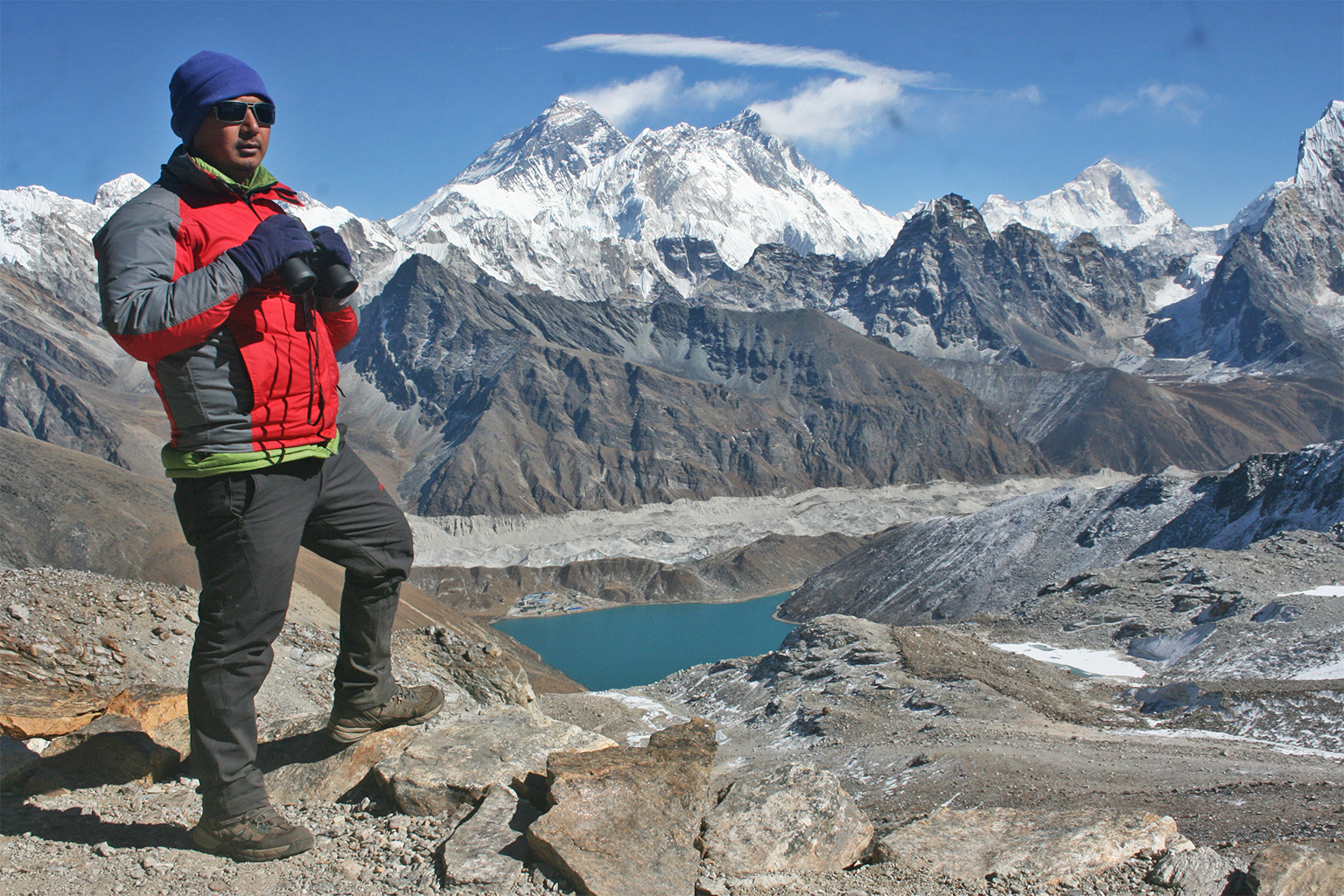
In a new book that he co-edited, titled Snow Leopard in Nepal, Shrestha describes his Ph.D. work. Mongabay’s Abhaya Raj Joshi spoke with Bikram Shrestha by phone recently to learn about his work. The following interview has been translated from Nepali and lightly edited for length and clarity.
Mongabay: In your book, you mention that climate change is likely to have an impact on snow leopards in Nepal’s Himalayas. Could you explain how you came to this conclusion and what are the potential impacts?
Bikram Shrestha: As part of my study, we prepared a model to reflect the habitat suitability of snow leopards throughout their range in Nepal. We looked at 19 different variables, such as the slope of the terrain, temperature, rainfall, and distance to the nearest village, which could affect the distribution of snow leopards in Nepal.
For modeling purposes, we used data from our fieldwork in the Annapurna and Sagarmatha regions between 2014 and 2016 using camera traps as well as DNA analysis of snow leopard scat. For the rest of the country, we used data from various published and unpublished sources.
Our model shows that annual mean temperature and precipitation, which are closely linked to climate change, are one the major factors affecting snow leopard habitat in Nepal. The model suggests that in a warming world, the lower limit of distribution of the animal will be pushed upward. This means that snow leopard populations will shift northward when the average minimum temperature increases. For example, if a snow leopard is living in an area with an average minimum temperature of 5° Celsius [41° Fahrenheit], it will move further north when the same temperature reaches 6 or 7°C [43-45°F]. This implies that we will have to move further north to find snow leopards living in their southernmost habitat.
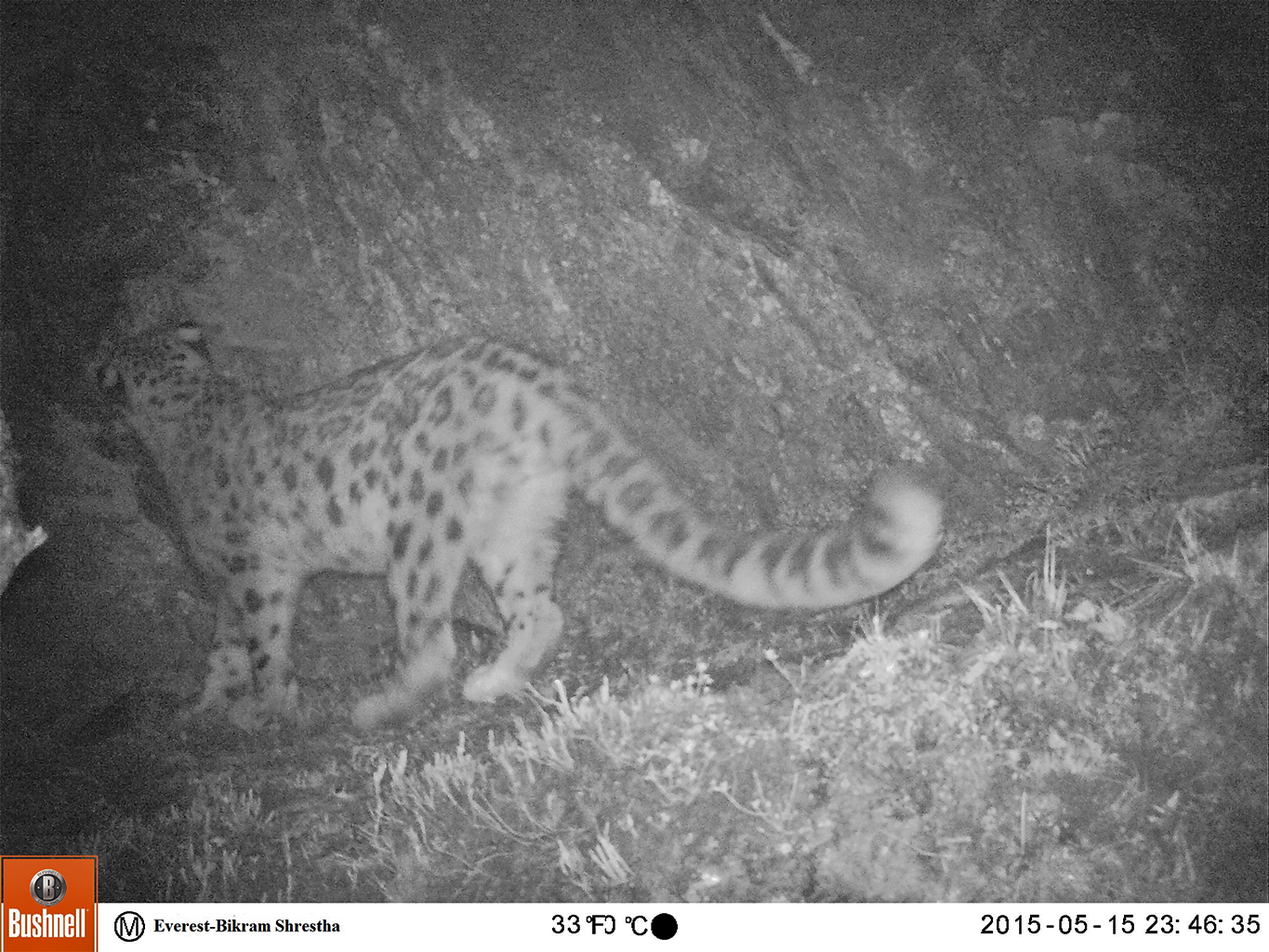
Mongabay: What could be some of the consequences of such a shift for the animals?
Bikram Shrestha: Based on what we know today, we can foresee two consequences. First, the overall geographical size of the habitat will shrink, and corridors [passages between habitats] as well as stepping stones [lower-elevation areas used as extensions to habitats] will become unfavorable. This could have an impact on the intermingling of snow leopards living in different parts of its habitat.
Mongabay: As the population shifts upward in a warming world, it is also likely to encounter a receding snowline in the Himalayas. Will the receding snowline in the Himalayas create favorable habitats for snow leopards?
Bikram Shrestha: Although it’s called a snow leopard, it doesn’t really live in snow. When the snowline recedes, it exposes the black rock underneath that captures a lot of heat. This means that we may not see grass and other types of food required by snow leopards’ prey. If the prey is not there, it would be difficult for snow leopards to survive in such conditions. But a lot more research is needed into the issue.
Mongabay: What kind of research is needed now to enact policies and programs to improve the chances of their survival?
Bikram Shrestha: The next step is to identify climate refugia where the animal can survive climate extremes. These kinds of refugia are possibly present in areas with alpine grasslands. We also need to make sure that these refugia and important movement corridors have enough prey species for snow leopards. My work with other species suggests that northwestern parts of the country could serve such a purpose.
However, there is also a possibility that as the habitat shrinks in Nepal, we may not have such refugia in Nepal. We need to find out.
The other issues that we need to deal with are related to the prey species and conflict with humans.

Mongabay: How so?
Bikram Shrestha: We need to ensure that we have enough grass and food for prey species. Snow leopards are dependent on these species for their food. However, there are various threats to these grasslands as people also graze their livestock there.
As snow leopards move to higher altitudes, humans are also doing so, increasing the chances of conflict. We have seen in the Annapurna region that apples are being grown at higher altitudes than before due to warmer temperatures. Alpine grasslands, where both snow leopard prey and human livestock graze, are also doing well in those altitudes.
Mongabay: As part of your Ph.D. project, you also carried out surveys on human attitudes toward snow leopards. What were the findings?
Bikram Shrestha: We asked local residents questions related to their attitude toward snow leopards and how its threats can be minimized. We were surprised that around 50% had a negative attitude toward the animal, 15% even said the animal needs to be killed.
This shows that there is an urgent need to come up with mitigation measures to address the situation. This could be done through proper compensation programs and providing predator-proof corrals [for livestock].
Mongabay: What about the diet of the snow leopard?
Bikram Shrestha: Our study found that, in general, snow leopards’ diet is composed of around 57% wild prey and the rest domestic prey. However, the trend is different during winter and summer. Usually it goes after big mammals in the summer and small animals in the winter. Maybe it’s because its energy requirements are low during the winter.
This shows that small mammals such as martens are also important prey species for snow leopards, especially during the winter. That also needs to be accounted for in any conservation plans we devise.
Banner image: A snow leopard captured by a camera trap. Image courtesy of Bikram Shrestha.







